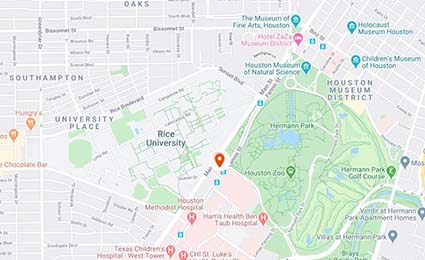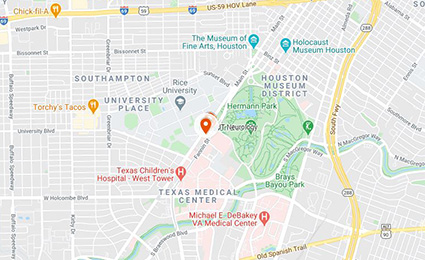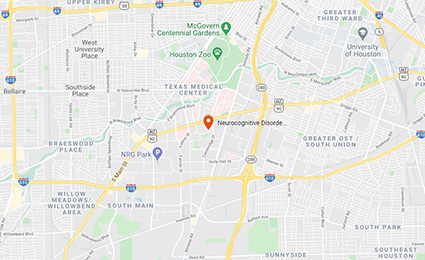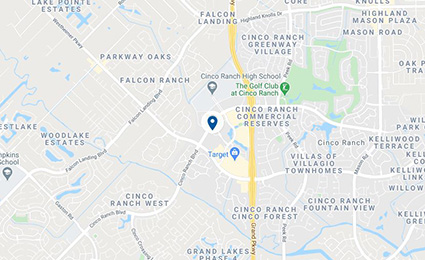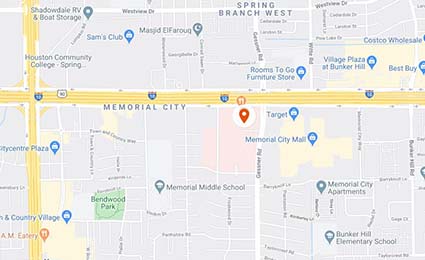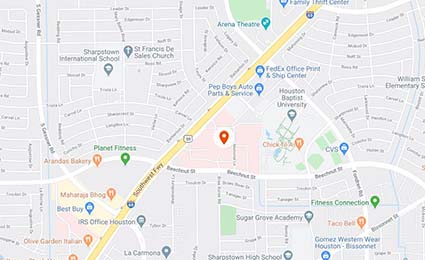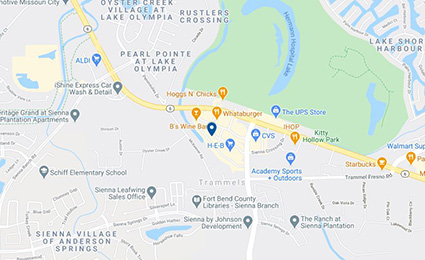Minimally Invasive Discectomy
What is a Minimally Invasive Discectomy?
A discectomy, also spelled diskectomy, removes disc fragments that are causing pain, numbness, or weakness because they are damaged, compressed, or pressing on a spinal nerve or the spinal cord. It is often used to treat a herniated disc when non-surgical treatments, such as physical therapy and medication haven’t proven effective. UTHealth Houston offers both open and minimally invasive discectomy procedures, which requires a smaller incision and allows for a quicker recovery.
Who is a good candidate for a Minimally Invasive Discectomy?
A patient is a good candidate for a minimally invasive discectomy if they have a herniated disc confirmed by MRI or CT scan that matches their symptoms, which might include leg pain, numbness, weakness, or sciatica. That pain generally interferes with daily activities, such as sleep or walking, and persists beyond physical therapy or other more conservative treatment.
How is a Minimally Invasive Discectomy performed?
A patient is given general anesthesia prior to the procedure. They are positioned face-down on a special surgical table. The surgeon makes a small incision, usually 1–2 centimeters, over the affected disc. A tubular retractor is used to gently spread muscles to create a path to the spine. A surgical microscope, or endoscope, is inserted through the tube to generate magnified images of the spinal structures so that the surgeon can see the nerve root and herniated disc. The surgeon carefully removes the portion of the herniated disc that is pressing on the nerve root. The tubular retractor is removed to allow the muscles to fall back into place naturally. The incision is closed with sutures or a small bandage.
Other common minimally invasive spine procedures
Spinal Decompression: This procedure relieves pressure on the spinal cord and nerves, often caused by conditions like herniated discs or spinal stenosis.
Spinal Fusion: This minimally invasive spine surgery is used to stabilize the spine by fusing vertebrae together. Screws and a rod are placed through a small incision during the procedure.
